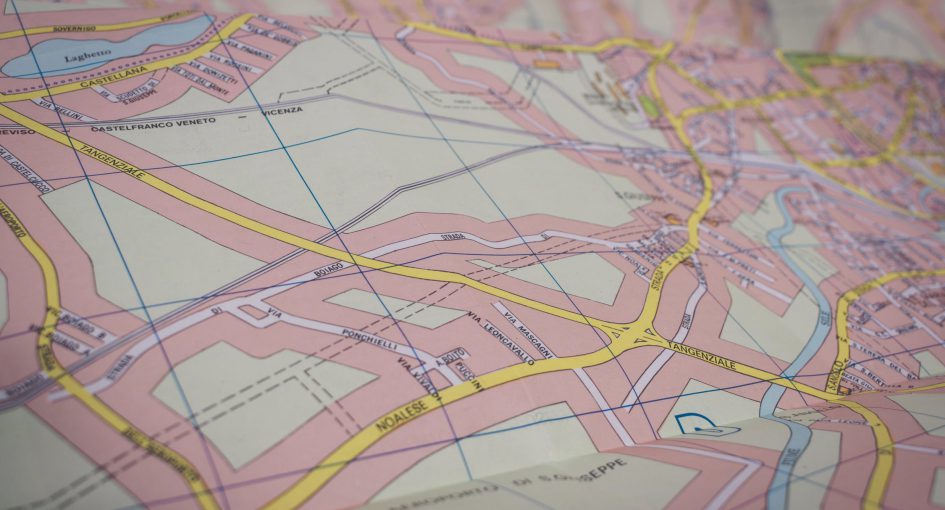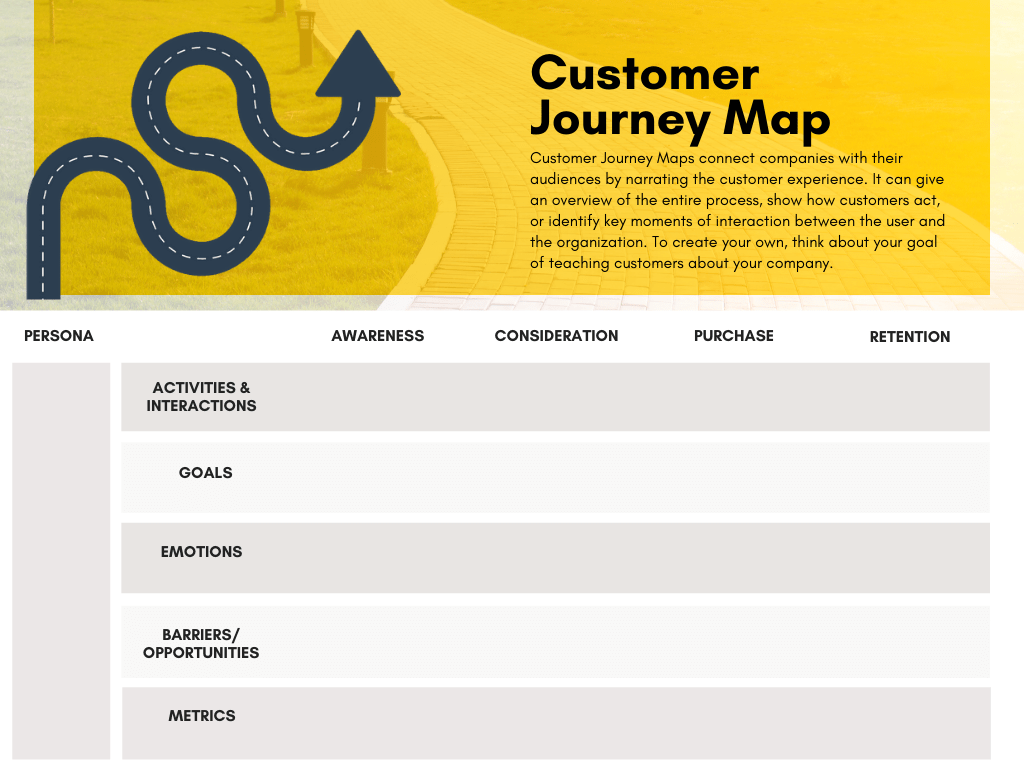
Customer Journey Mapping
A good customer experience means your customers will spend more.
- 86% of buyers are willing to pay more for a great customer experience. (Source: Walker)
- Customers are willing to pay a price premium of up to 13% for luxury and indulgence services, simply by receiving a great customer experience. (Source@ PWC)
- CX influences on-the-spot purchasing. 49% of buyers have made impulse purchases after receiving a more personalised experience. (Source: Segment)
- By the end of 2020, customer experience will overtake price and product as the key brand differentiator. (Walker study)
So, what can you do to boost customer experience?
Well, firstly, you need to understand your customer. One way to do this is through customer journey mapping.
The customer journey is the complete sum of experiences that customers go through when interacting with your company and brand. The map connects companies to their audiences by narrating the customer journey. Instead of looking at just a part of a transaction or experience, the customer journey documents the full experience of being a customer.
With the help of a customer journey map, you can get a sense of your customers’ motivations — their needs and pain points. The more seamless an experience you can create, the better the customer experience will be.
What does a great customer journey map look like?
Think of the yellow brick road from the Wizard of Oz
The yellow brick road is a symbol of the “road to success”. But, it is by no means a walk in the park. In the movie, Dorothy and her friends were faced with opposition along their path to the Emerald City. In the same way, the customer journey (yellow brick road) is dotted with challenges, obstacles and loop backs. It’s often an uphill challenge. You often find you’re backing up, re-doing, talking forks along the road.
Breaking down the customer journey phase by phase, aligning each step with a goal, and restructuring your touchpoints accordingly are essential steps towards maximizing customer success. After all, everything you do should be about solving customer problems and helping them achieve long-term success with your product or service.
No two journey maps are the same. Every business is unique. Channels vary. as do service points, product interactions and support. Many businesses use journey maps to find and fix friction within their customers journey. Stepping into the customer’s shoes provides a chance for companies to reflect on their entire business.

How to build a customer journey in 6 steps
Step 1.
Define your goals
Before you kick off your customer mapping exercise, be sure to clearly define your goals and understand what you are hoping the outcome to be. Are you looking to to improve the CX for UX designers, product design teams, customer care teams, and marketing teams. Your goals could be:
- Clarifying customer mindsets at different stages of the journey
- Maintaining consistent treatment of the customer throughout different touchpoints
- Helping staff gain more empathy and insight into the customer experience
- Optimising the customer experience at various touchpoints
- Maximising customer value across channels
Step 2
Understand the stages of your customer experience
Start your customer mapping process by defining the behavioral stages a typical customer goes through. You probably have an idea of how a “typical” customer engages with your business. Jot down what you think you know the flow to be. Use a template, many are available online, this is the one we use:

With that in place, bring in customer personas to create a “lens” through which to view the journey. Each persona can have its own map. What you will find is that the map will crystallise where customers get stuck or frustrated on their path to purchase and beyond.
Step 3.
Align customer goals with each stage.
Once you have your buyer persona fleshed out, the next step is to dig deep and understand what each of them hopes to achieve as they go through the customer journey.
Don’t guess. Use the data you have and run surveys, interview customers, carry out mystery shopping, do user testing.
Step 4.
Plot the touch-points.
A “touch-point” refers to any time a customer comes into contact with your brand – before, during, or after they purchase something from you. This also includes moments that happen offline/online, through marketing, in person, or over the phone.
Because there are so many different ways for customers to experience your brand, the idea of figuring out all potential touch-points may seem daunting at first. Make it easier. Put yourself in your customer’s shoes and walk through their journey step-by-step.
Step 5.
Determine if customers achieve their goals
At this point, it’s time to bring together all your data (both quantitative and qualitative) and look at the big picture to identify potential roadblocks or pain points in the customer journey. (Don’t forget to note down areas where you’re currently doing things right!). Once you know where the roadblocks and pain points are, mark them down on your customer journey map.
Step 6.
Recommend, change and measure success.
To close the gaps between existing and ideal journey, make sure that you identify a number of relevant initiatives which can be implemented as a phased approach. Customer journey maps need to be actionable, measurable and dynamic. This allows you to ensure their effectiveness and determines success.
The following are examples of the kind of CX metrics you may want to employ in your mapping exercise:
- Net Promoter Score (NPS): Measures customer loyalty by asking buyers on a scale of 1-10, how likely it is that they would recommend your product/service to others.
- Customer Satisfaction (CSAT): Asks how satisfied customers are with a recent interaction (i.e. customer service call, purchase).
- Customer Effort Score (CES): Checks in with a customer to see how easy (or not) getting an answer to a question was.
Conclusion
Taking the time to understand as much as you can about your customers’ goals and how they engage with you can go a long way toward keeping them happy. It will also grow your business.
Want some help? Give us a call today to help you start more and build better.